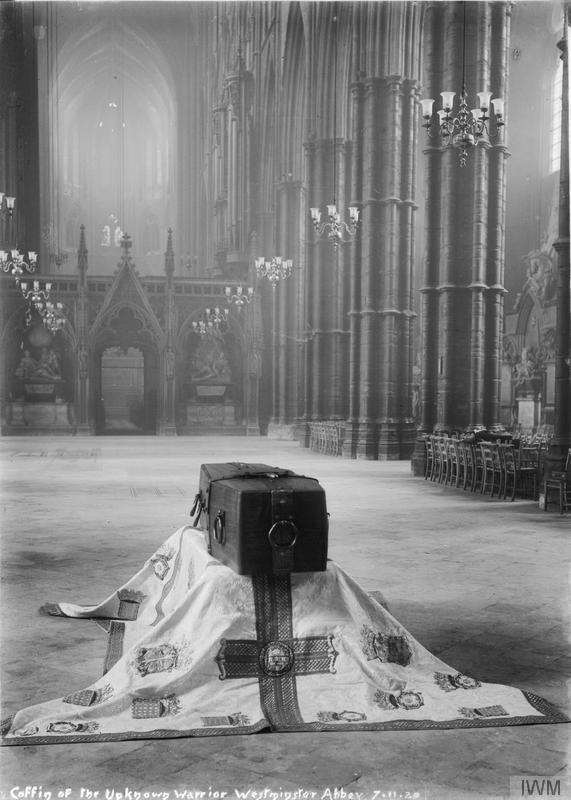Not an Indian, possibly a Jew: The Unknown Soldier might be British says expert

The Unknown Soldier is British. He – yes, a it’s a ‘he’ – was shipped back from France and buried in Westminster Abbey on November 11, 1920. We do not know who he was. He is, as the name suggests, unknown. But there’s now a problem. The Telegraph notes:
Unknown Warrior likely to be white soldier because of ‘bias’, research suggests The National Army Museum suggested bias may have influenced the selection of the body whose remains were interred at Westminster Abbey
The British Unknown Soldier is most likely British. A curator named Justin Saddington tells us that he’s found that meeting minutes of the Memorial Committee tasked with creating the tomb “show no mention of Indian and other soldiers”. He says:
“That should be taken as evidence of unconscious bias really, that fact that they’re not discussed. This is a time 100 years ago when racism was much more ingrained, there was in fact a colour bar for black officers.”
But he is British. Black British, possibly. A British Jew, maybe? But not Indian, right? And then in the Mail:
He added that he doesn’t believe outright racism played a part but that those involved in choosing the unidentifiable body may have been influenced by demands for ‘British’ remains.
Over to Wikipedia:
The idea of a Tomb of the Unknown Warrior was first conceived in 1916 by the Reverend David Railton, who, while serving as an army chaplain on the Western Front, had seen a grave marked by a rough cross, which bore the pencil-written legend ‘An Unknown British Soldier’.
He wrote to the Dean of Westminster in 1920 proposing that an unidentified British soldier from the battlefields in France be buried with due ceremony in Westminster Abbey “amongst the kings” to represent the many hundreds of thousands of Empire dead. The idea was strongly supported by the Dean and the Prime Minister David Lloyd George.
So it’s a British soldier buried beneath the words “An Unknown British Soldier”. Who knew?
CLUE: The Unknown Soldier features this inscription, composed by Herbert Edward Ryle, Dean of Westminster:
Beneath this stone rests the body
Of a British warrior
Unknown by name or rank
Brought from France to lie among
The most illustrious of the land
And buried here on Armistice Day
11 Nov: 1920, in the presence of
His Majesty King George V
His Ministers of State
The Chiefs of his forces
And a vast concourse of the nation
Thus are commemorated the many
Multitudes who during the Great
War of 1914 – 1918 gave the most that
Man can give life itself
For God
For King and country
For loved ones home and empire
For the sacred cause of justice and
The freedom of the world
They buried him among the kings because he
Had done good toward God and toward
His house
Posted: 25th, October 2020 | In: News 0 Comments | TrackBack | Permalink


